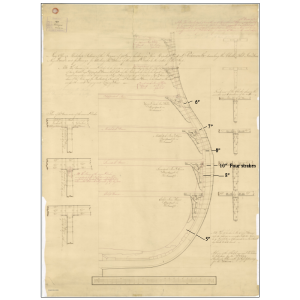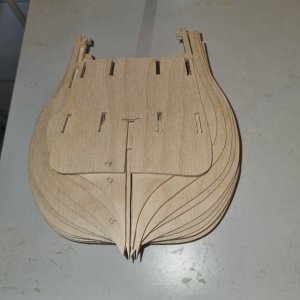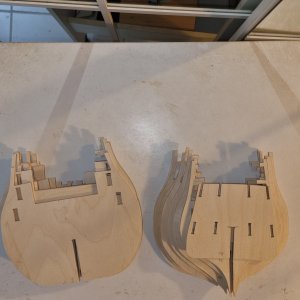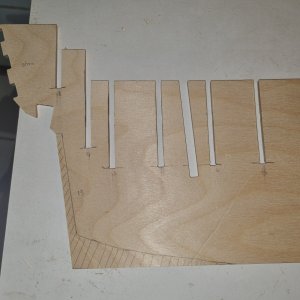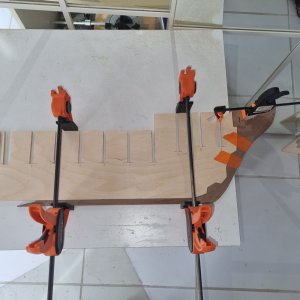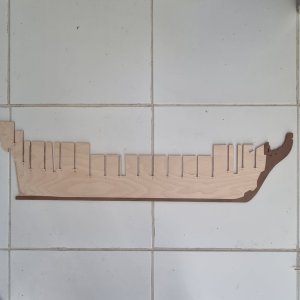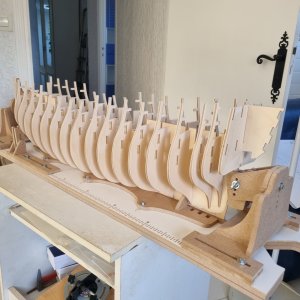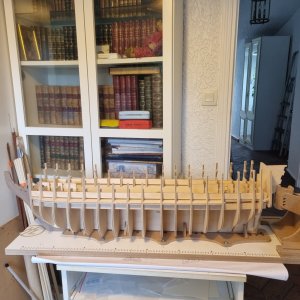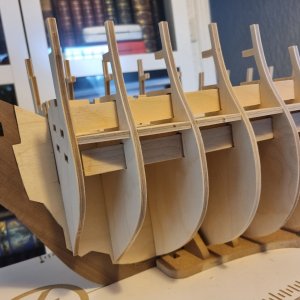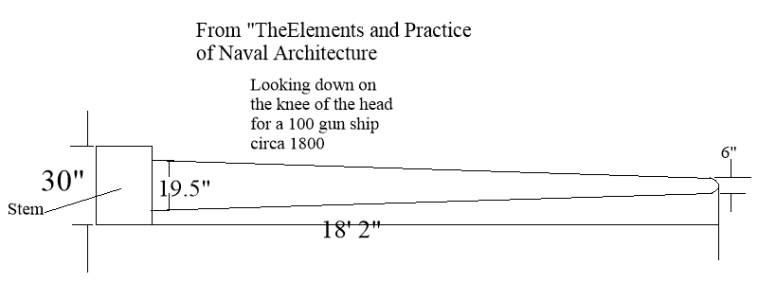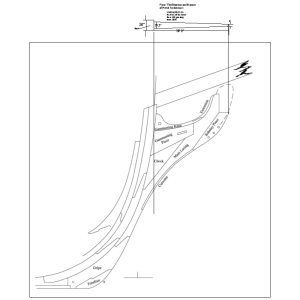Kurt Konrath
Kurt Konrath
I knew I had bought the kit from somebody a few years ago, wanting to build the grand ship, but times had changed, and it looked like many years till I would get a chance and Gilbert was looking and ready!I think I'll be a keen observer to your project Gilbert. From your comments to Kurt, I'm thinking this may have been my kit originally as I sold one to Kurt. So I may have a special interest and believe it is in very good hands!
It takes a team to make things work and we all can watch and see how this ship is built.






